When Dota 2 is at its best, the game is undeniably great. At its worst, it’s hard for even the most dedicated players to bother. Dota 2’s player count reflects that perfectly, with the game hitting very high numbers in good times while sinking to worrying lows when things get rough.
With that in mind, it’s worth taking a look over everything there is to know about Dota 2’s player counts. What is Dota 2’s all-time player count high? What has impacted Dota 2’s player numbers over the years? And most importantly, what does the future hold for the game?
How many players does Dota 2 have?
Dota 2’s player counts fluctuated in 2020, but were generally steady overall. The game’s concurrent player count peaked at 801,121 and averaged 493,300.3 in April as people around the world were stuck inside. Outside of that jump, the game’s concurrent player count moved around larger updates and averaged between 400,000 and 450,000 through most of 2020.
Monthly active users for Dota 2 are not recorded, but are occasionally revealed. Based on previous reports and how Dota 2’s player count stood throughout 2020, the monthly active users likely fluctuated between 9 million and 10 million depending on the month.
China is the country with the largest Dota 2 player base, and by a significant margin. Though exact numbers aren’t given, Dota 2’s concurrent player count peaks revolve around peak hours in China. A great testament to this is the country’s esports dominance. Chinese players have earned a whopping $65.3 million in prize pool earnings since Dota 2’s launch. The next highest-earning country is Finland at $15.9 million.
Dota 2 esports on a steady decline
Esports is a valuable marketing tool for competitive multiplayer games, something that publishers often steer into. For games such as Overwatch and League of Legends, the companies take complete control of the competitive scene and build it as they see fit. For Dota 2, that isn’t really the case.
Though Valve boasts complete control over annual tournament The International, the company had traditionally offered no real support or direction for the players, organizations, or tournament organizers that operate in Dota 2. That has at times wreaked havoc on the game's pro scene, leaving it an unstable mess for players and a money-losing endeavor for organizations and tournament organizers.
That has been felt in many different ways over the last few years. First and foremost is that many larger esports organizations have basically given up on Dota 2 outside of those based in China. Most of the western organizations still operating in Dota 2 already have prestigious pedigrees in the game such as Alliance and Evil Geniuses, or are operated by Dota 2 players who came into money such as Team Secret and OG. Team Liquid, Fnatic, Virtus.pro, and Natus Vincere have all run Dota 2 teams for years, but they’re now the exceptions.
Esports organizations steering clear of Dota 2
Organizations including Ninjas in Pyjamas, Cloud9, and mousesports have jumped in and out of Dota 2 on several occasions. The likes of Immortals, Counter Logic Gaming, Dignitas, and OpTic Gaming entered into Dota 2 only to jump out in short order.

Far longer than any of these lists are the major organizations that haven’t even bothered with Dota 2 at all, including TSM, G2 Esports, FaZe Clan, 100 Thieves, Gen.G, and many more. Each of these organizations field teams in a wide variety of games and have thrown around significant amounts of cash over recent years in order to make that happen. None of them see Dota 2 as a game worth spending money on.
Tournament organizers aren’t faring much better. Dota 2 insiders have consistently stated in the past that running large events, even official Dota Pro Circuit majors, has consistently been a money-losing endeavor. This is worse at the tier-two level, which has basically dried up entirely.
This combination of lacking organizational support and limited competitive opportunities has made Dota 2 a poor experience for Dota 2's pro players as well. Newcomers have had very limited opportunities to make a proper living, which has seen the actual talent pool become largely stagnant over recent years. The top names of 2015 have largely held onto their spots because there’s no ladder to climb up after them. The biggest stars to come up in the years since have been players like Topias Miikka "Topson" Taavitsainen who were lucky enough to be discovered by bigger names.
Valve has done little to address this, with the company hoping that the newly implemented Dota Pro Circuit leagues are a quick fix.
Dota 2 declining since 2016, LoL much bigger in 2021
Dota 2’s peak player count came in 2016, hitting an all-time peak of 1,291,328. The number marked the end of a long stretch of consistently high numbers between February 2015 and March 2016 as the game attracted new fans with both its attention-grabbing esports events and its regular offerings of new content.
It was all downhill from there. Though Valve steadily pumped out new content between 2011 and 2015, the developer significantly reeled in those efforts once Dota 2 Reborn launched and marked the end of the game’s extended beta phase. New hero releases became infrequent, and seasonal events stopped outside of The International Battle Pass.
This contributed to a steady decline in the player count, eventually stopping at an all-time low in January 2020 where the game averaged just 378,925 players and peaked at 616,415, numbers similar to those seen seven years ago in 2013. The game had some spikes during that time, particularly in 2019 when Dota Auto Chess attracted a load of newcomers, but any gains in the Dota 2 player count proved to be fleeting.
the 2020 League of Legends Worlds final peaked at over 3.8 Million concurrent viewers (not including what will be absolutely huge viewership from China). the Riot overlords are pleased
— Rod Breslau (@Slasher) October 31, 2020
That hasn’t been the case with Dota 2’s chief rival MOBA, League of Legends. Though the League of Legends player count is not publicly tracked in the way games on Steam are, LoL developer Riot Games offers up numbers on occasion that suggest that the game is significantly larger than Dota 2.
In both 2014 and 2019, Riot Games announced that League of Legends had hit peak concurrent player counts of over eight million players. Riot announced that there were monthly player counts between 75 and 80 million in 2017. All of these numbers are several times larger than those of Dota 2. While Riot Games is likely cherry-picking its best numbers, this still exceeds Dota 2’s all-time peaks by a wide margin.

Is Dota 2 dead?
When it comes to the game’s popularity, Dota 2 lives and dies based on Valve putting out fresh and new content. The latter half of 2020 saw Valve actually came through with multiple large content releases in quick succession. Following The International 10 Battle Pass’ closure, Valve brought back the Diretide event for Halloween. Not long after Diretide ended, the Mistwood Update added a new hero in Hoodwink alongside a large balance patch.
This string of updates staved off further declines and even led to a modest upswing in Dota 2’s player count to start 2021. The appetite for Dota 2 is still there. The question is whether Valve has the interest in feeding it.
It’s possible that the company will ramp up its development efforts given this latest positive response, but there’s no guarantee of that. Valve has a long history of not seeing things through and leaving money on the table with its games, instead seeming to focus on the lucrative Steam client.
Dota 2 is popular enough that it will survive in one form or another moving forward. It may not ever be as big as it could have been if Valve had fully committed to the game’s success, though.



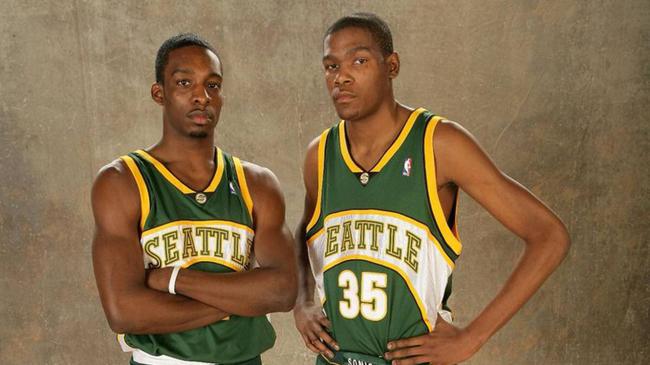
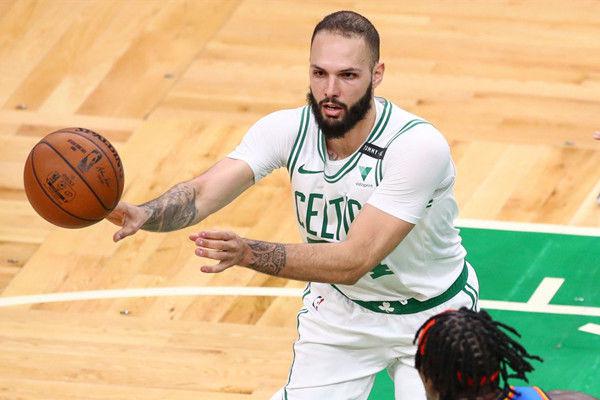



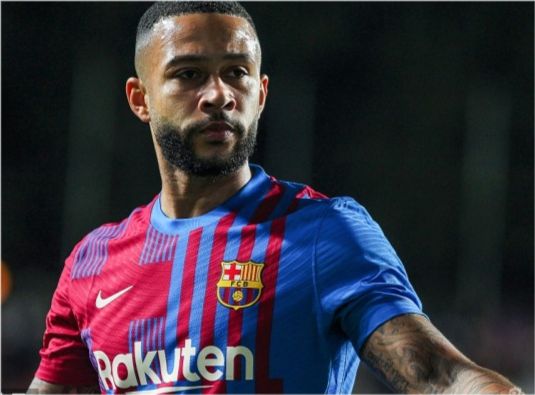



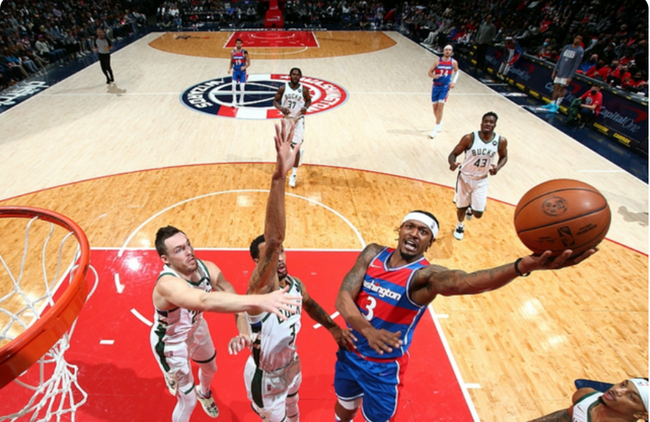
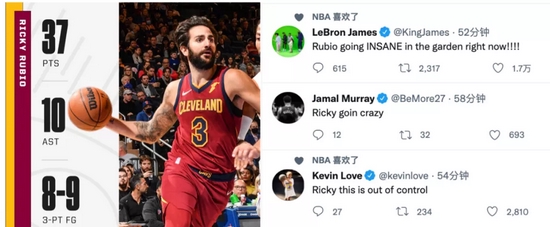


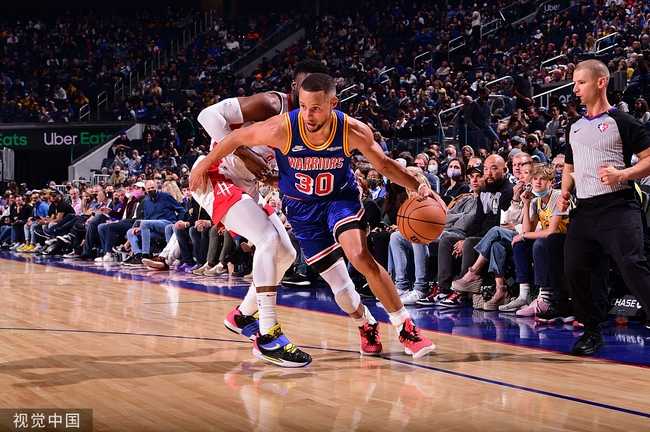

A writer is someone for whom writing is more difficult than it is for other people.
Teamwork begins by building trust. And the only way to do that is to overcome our need for invulnerability.